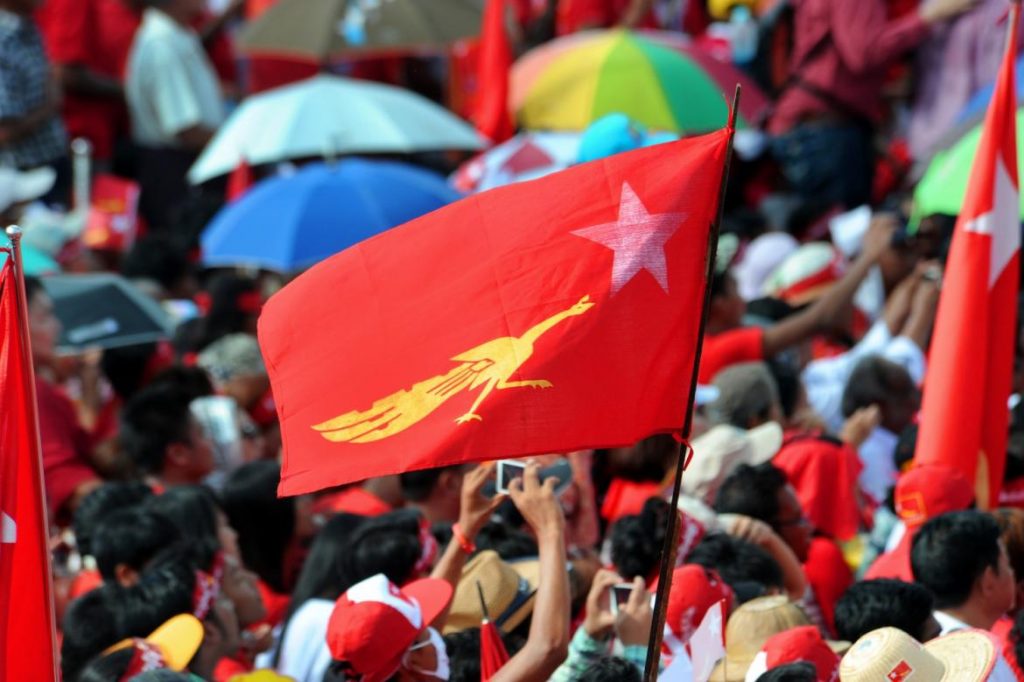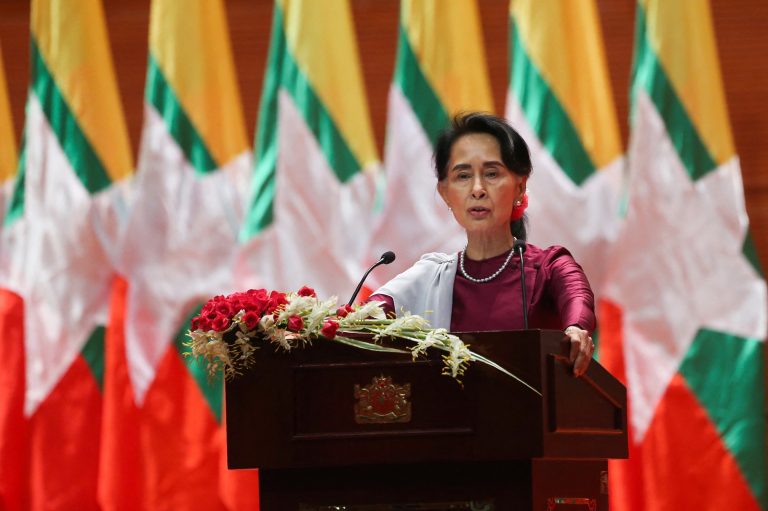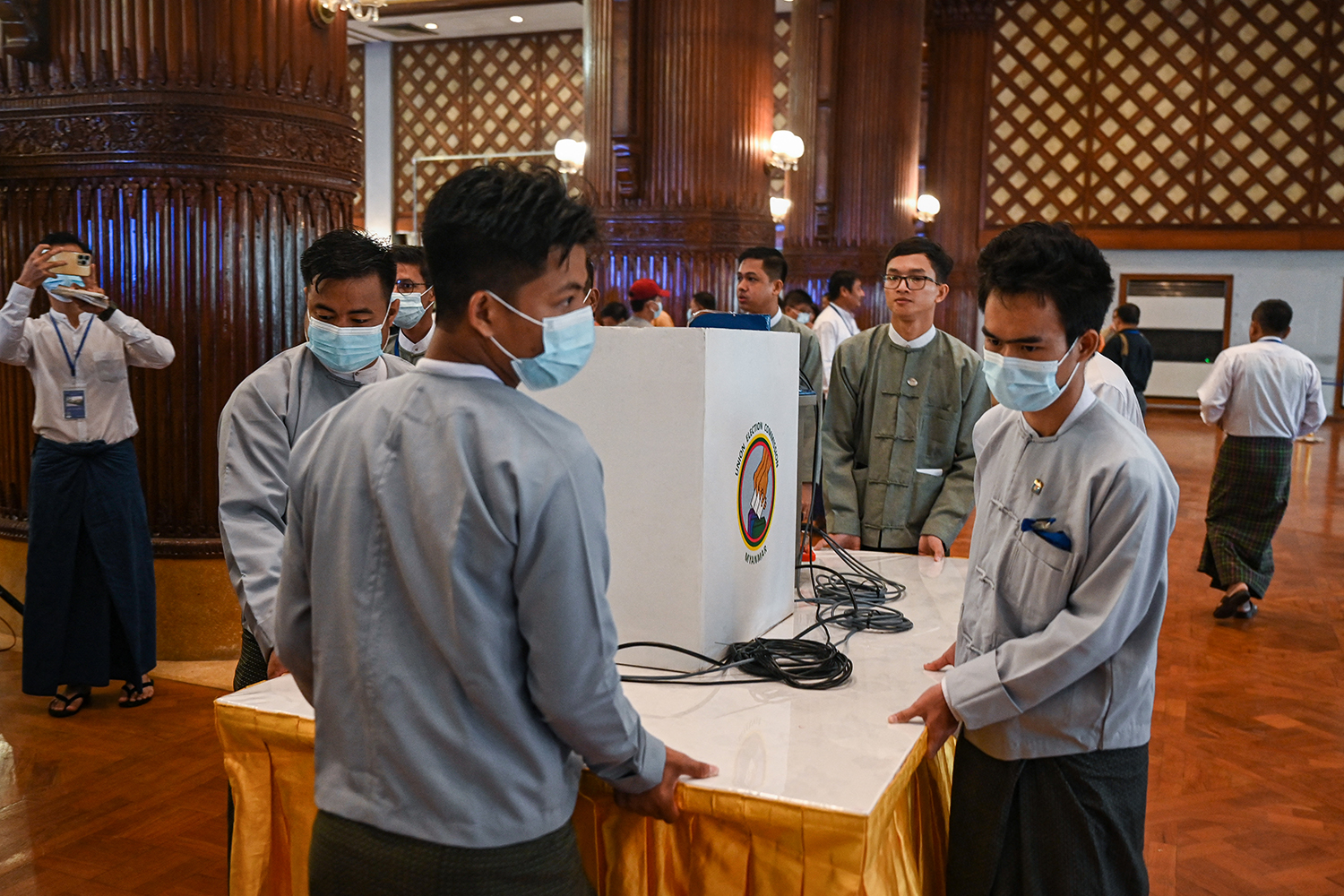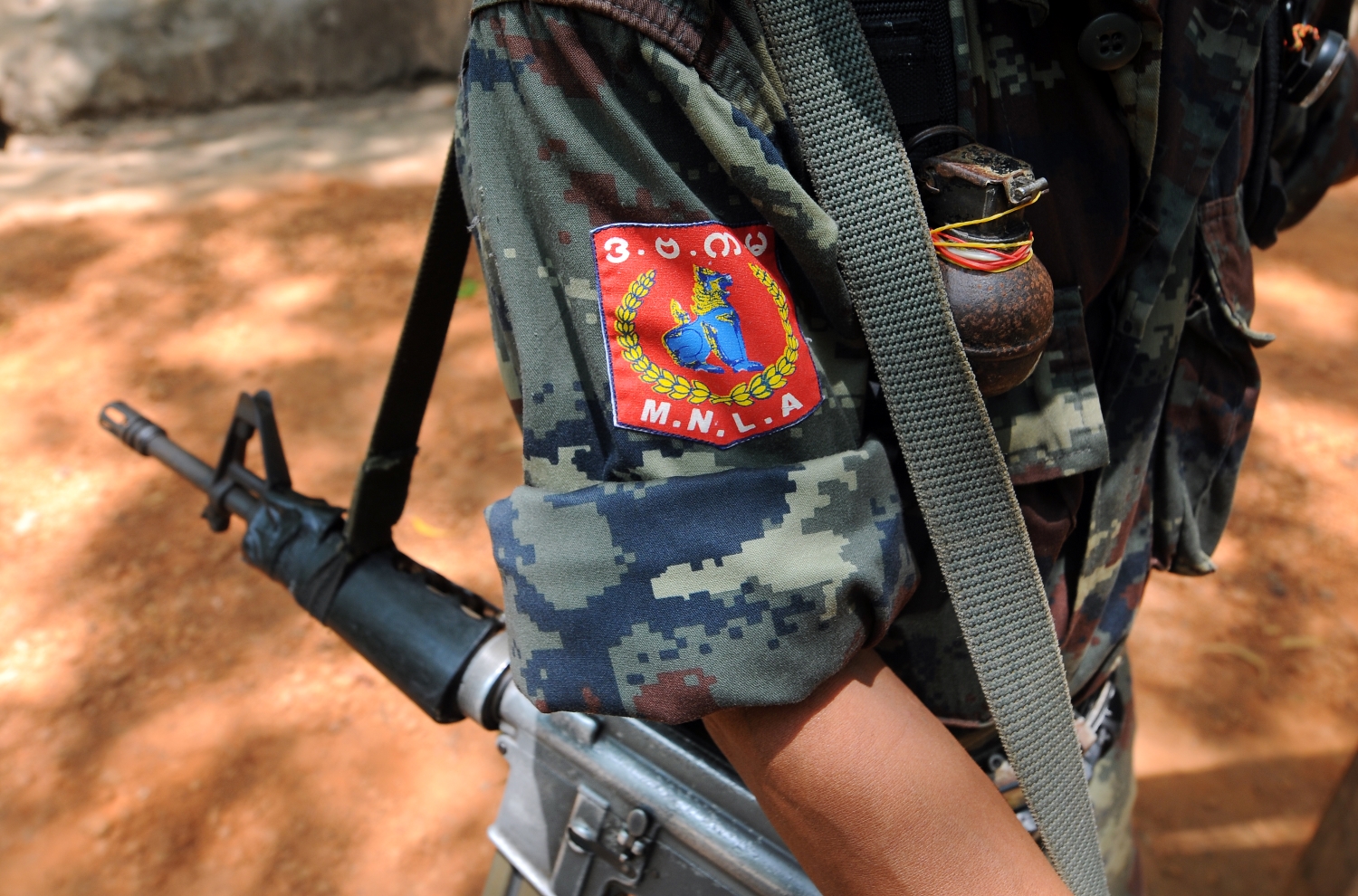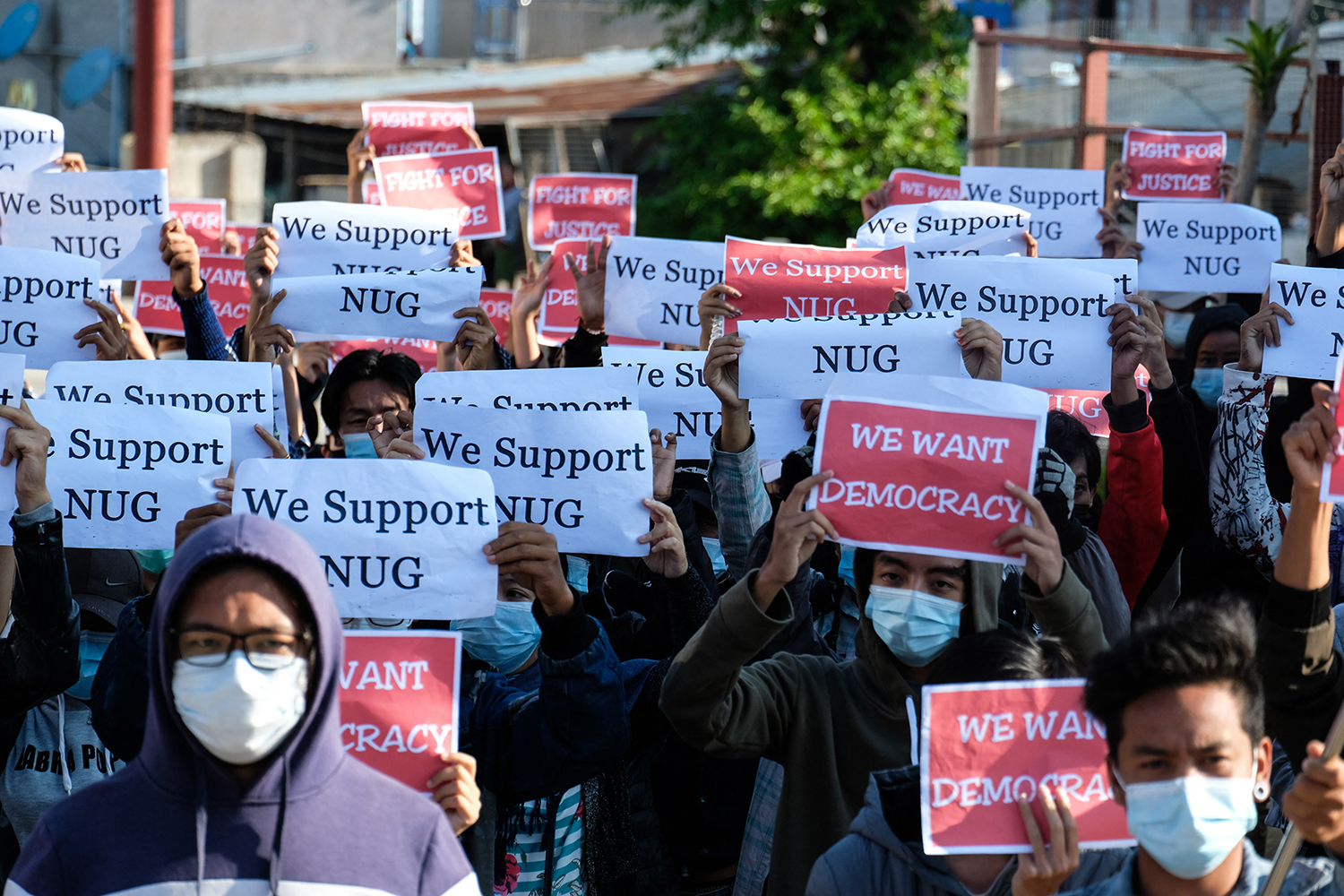The National League for Democracy’s ostensibly bottom-up candidate selection process should not be mistaken for the real party decision-making ahead of this year’s election.
By SITHU AUNG MYINT | FRONTIER
Political parties have begun making preparations for the general election planned for November, even though the Union Election Commission has yet to announce the election date and the deadline for submitting candidates’ names. As parties focus on candidate selection, there has been criticism of the process used by the ruling National League for Democracy.
Many members and non-members of the party have sought to be selected as NLD candidates because, in many constituencies, this is considered a virtual guarantee of a parliamentary seat. The NLD plans to contest every constituency and is widely expected by political analysts to secure another victory, though opinions differ about the likely margin. In the 2015 general election, the NLD won 79 percent of the seats in the Pyidaungsu Hluttaw, meaning that for every 10 of the party’s candidates about eight were elected.
Those wishing to vie under the NLD banner were asked to submit applications at township party offices in early June. Applications were then judged by NLD township executive committees, joined by five so-called town elders who the party had appointed to advise the process in each township. If consensus was not reached on a preferred nominee and a runner-up for each relevant seat in the Union and regional parliaments, they were chosen by secret ballot. This township-level process has already been completed, though the NLD leadership has not confirmed the final list of candidates.
Although the “elders” were appointed in order to stave of charges of favouritism in the selection of candidates, as happened in 2015, the criteria for selecting these elders was not explained, which left this measure open to abuse. Members of NLD township committees who wanted to become MPs chose close friends as elders to aid their chances.
However, even if independent, the role of these elders turned out to be less consequential than initially presented. The township committees have at least 10 members, and an average of between 15 and 17. This meant that, when it came to selecting nominees, the elders were outnumbered and could not affect the outcome.
In this way, many NLD township committee members who lacked law-making experience became the priority nominees at the expense of incumbent MPs. Among those relegated to runner-up positions was eminent MP U Aung Kyi Nyunt (Amyotha Hluttaw, Magway-4), who spearheaded the recent constitutional amendment push in the Union parliament.
The NLD’s vice chairman-2, Dr Zaw Myint Maung, who is also chief minister of Mandalay Region, told Radio Free Asia that party headquarters had received many letters complaining about these apparent abuses in the preselection process.
In response to the criticism, senior NLD officials have said that the decisions made at the township level were only proposals and the final say on candidate selection rests with party headquarters.
These statements reveal that the ostensibly bottom-up candidate selection process was largely aimed at mollifying township-level party members and local supporters. The fact is that no big party like the NLD would choose candidates in this way.
The first real step in the NLD’s candidate selection process involved deciding in advance who the party wanted to appoint after the election as chief ministers in the different states and regions. These individuals were then asked to apply to be candidates for seats in state and regional hluttaws, because the president can only appoint chief ministers from among the elected members of these hluttaws.
The party’s next step was to decide which incumbents would be allowed to recontest their seats, who must accept retirement and who would be asked to vie in another constituency. NLD leaders have said most incumbent MPs would run again this year.
The township-level deliberations are unlikely to interfere with these top-down decisions, but the NLD may have chosen not to publicise the latter because it would make incumbents lose face and possibly turn them against the party. They could join the ranks of prominent former NLD members who plan to run in the election with rival parties.
But the NLD need not be overly concerned about dissent within its ranks. Given the NLD’s strong position and the continued popularity of its leader State Counsellor Daw Aung San Suu Kyi, it should not be difficult for the NLD to select competent candidates with organisational skills who are loyal to the party.
Despite the controversy that has surrounded the candidate selection process so far, the NLD will likely contest the upcoming election with candidates who are better qualified than those it fielded in 2015.


